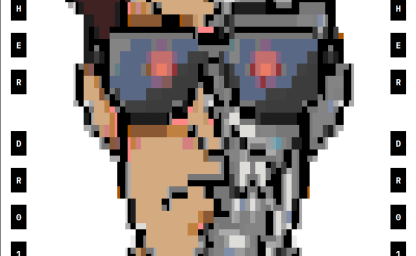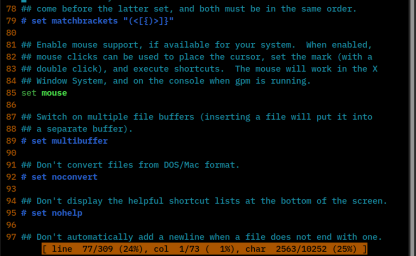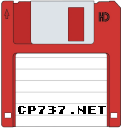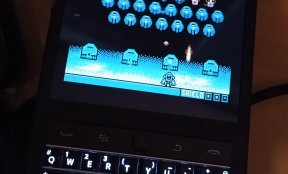
Posted on
11th Oct 2024
Often, there are times, that i want to share a text (link, command, search term etc) to my phone, from my main computer PC. For sure, you can send it over with an email, but i don't like this way, cause it's filling up my inbox/trash folder with useless emails, that often forget to delete. Also... s...
Posted on
9th Oct 2024
I have a small selection of Internet radios i like to listen to. Storing them in a program or a playlist (.m3u) is not my thing, cause in the past, either i lost it, changed programs/streaming applications or the file got corrupted. But my scripts, have a special care... i store them separately and...

Posted on
9th Oct 2024
Would you like to save your visit into a BBS and store all the fancy ANSI graphics? to rip them all? (no... for the last part) Well you can. You don't have to use a specific telnet client for BBSes. You can just use the linux telnet command to connect to the BBS and we will use the tee command t...

Posted on
9th Oct 2024
Yes, i admit... i use NANO and i like it! VI sucks!
If you are, like me and want your NANO setup, look like mine, just overwrite yours with the one included below, or just save it like .nanorc in your home directory. Except from the colors, that you all ready see, i have enabled/disabled the fol...

Posted on
4th Oct 2024
Disclaimer... You shouldn't abuse the idea/script, cause this would cause problems to the server, the product page and the creator/maker of the product. For the same reason, i don't post any URLs.
Recently i found a product i really liked and wanted to buy on Tindie. The problem was, that the...






